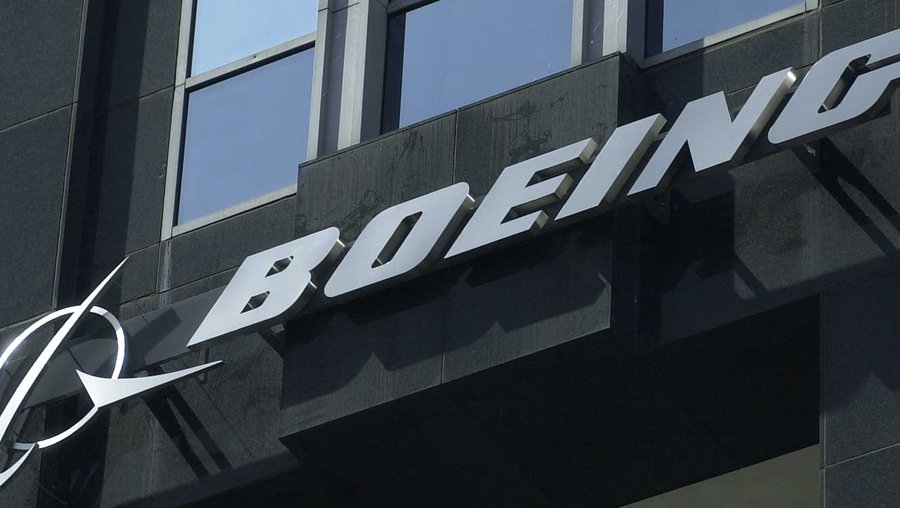Article published in the Philadelphia Business Journal on March 17, 2024. Updated March 18, 2024.
The crashes of Boeing 737 Max 8 aircraft in October 2018 and March 2019, the loss of a door plug on a 737 Max 9 aircraft while in flight on Jan. 5 and numerous shortcomings in Boeing’s safety systems that have come to light over the past few weeks raise serious questions about Boeing’s weak safety culture and the board’s oversight of that culture.
The 2018 and 2019 crashes were due to operational issues with the new MCAS system, which controlled the pitch of the aircraft. The Jan. 5 incident was caused by four missing bolts whose purpose was to hold the door plug in place.
The recently released “Boeing Report” by 24 experts from the aviation industry commissioned after the 2018 and 2019 crashes of the Max 8 aircraft outlined 23 findings that need to be addressed. I believe that four findings stand out.
No. 1. “Many Boeing employees did not demonstrate knowledge of Boeing’s enterprise-wide safety culture efforts, nor its purpose and procedures.”
Reading the report, what struck me were the number of acronyms and complexity of the procedures. Simplification would make the procedures easier to understand.
No. 4. “Among some employees, [there is] hesitation reporting safety concerns for fear of retaliation.”
Fear of retaliation indicates a toxic culture. Zero tolerance for retaliation for reporting safety issues must be made clear in the CEO’s and senior leadership’s tone at the top. Boeing must part company with anyone who perpetuates this culture.
No. 13. “Boeing employees across all disciplines and roles expressed concerns over the lasting power of safety programs and initiatives. This raises concerns about [their] sustainability.”
Employees who think that a safety program or initiative won’t last will not want to personally invest in it to make it work. They will wait to see if a new initiative is more to their liking.
No. 23. “Pilot inputs within Boeing are neither directly nor consistently delivered to the highest level decision [makers when] pilots did not occupy a seat at the table. “
Input from pilots is a key to building safe aircraft. Why aren’t pilots always part of the safety assessment process?

Due to the mission critical nature of aircraft safety, it’s the responsibility of the audit or risk committee of the Boeing board to periodically commission audits of aircraft safety systems by independent aviation experts. Management and the board should want safety issues identified and fixed before the FAA finds the issues.
In a ruling after the 2018 crash, the Delaware Court of Chancery found that “Boeing’s board breached its duty of oversight by failing to establish and oversee compliance procedures related to the company’s ‘mission critical’ airplane safety risks.”
Boeing reached a $225 million settlement with its shareholders in November 2021. The shareholders sued the company’s then current and former directors for insufficient oversight of aircraft safety that the shareholders claimed led to the 2018 and 2019 crashes. The settlement was covered by insurance. This is a lesson for all directors on what can happen if they fail to provide oversight on mission critical areas.
On Mar. 4, The New York Times reported that an FAA audit of Boeing and contractor Spirit AeroSystems “identified ‘multiple’ noncompliance issues in manufacturing process control, parts handling and storage, and product control.”
A few days later, The Wall Street Journal reported that the Justice Department launched a criminal investigation into the loss of the Max 9 door plug and whether the company violated terms of an agreement reached with the Department after the 2017 and 2018 crashes.
Boeing’s board appointed Dave Calhoun as the new CEO of the company in January, 2020. Calhoun was a Boeing director when the 2018 and 2019 crashes occurred. Would an outsider from an industry, for example the nuclear power industry where safety is a mission critical imperative, have been a better choice for CEO, rather than an incumbent Boeing board member who with fellow board members, oversaw a weak safety culture?
Calhoun addressed Boeing employees regarding the loss of the 737 Max 9 door plug. Calhoun said, “I got kids, I got grandkids, and so do you. This stuff matters. Everything matters. Every detail matters.”
Boeing needs to significantly tighten up its safety processes and procedures. The company also needs a new mission statement that must be easy to remember and clearly focuses everyone’s efforts—Boeing and contractor employees alike—on building safe aircraft. The new mission statement: “We build our aircraft as if our kids and grandkids were going to be flying on them.” This will resonate with employees and make them personally invested in aircraft safety.
The Boeing brand has taken a significant reputational hit with the airlines, the flying public and investors. It will take years for them to rebuild that reputation.
Stan Silverman is founder of Silverman Leadership and author of “Be Different! The Key to Business and Career Success.” He is also a speaker, advisor and widely read columnist on leadership. He can be reached at stan@silvermanleadership.com.

